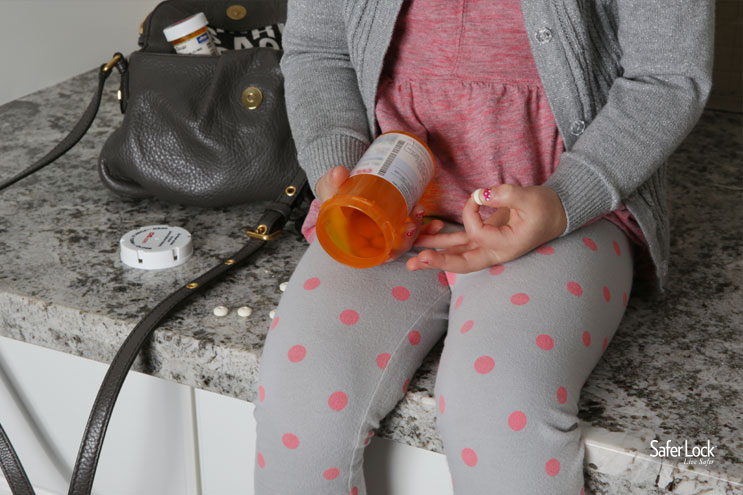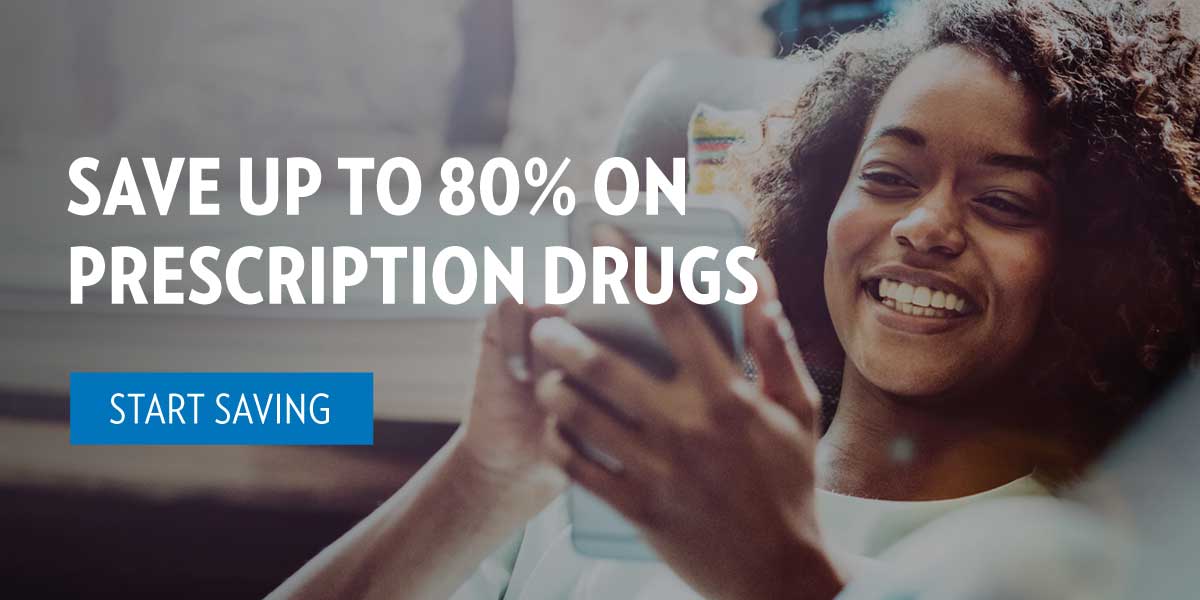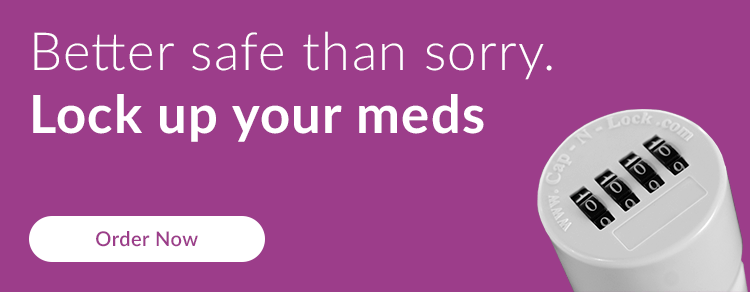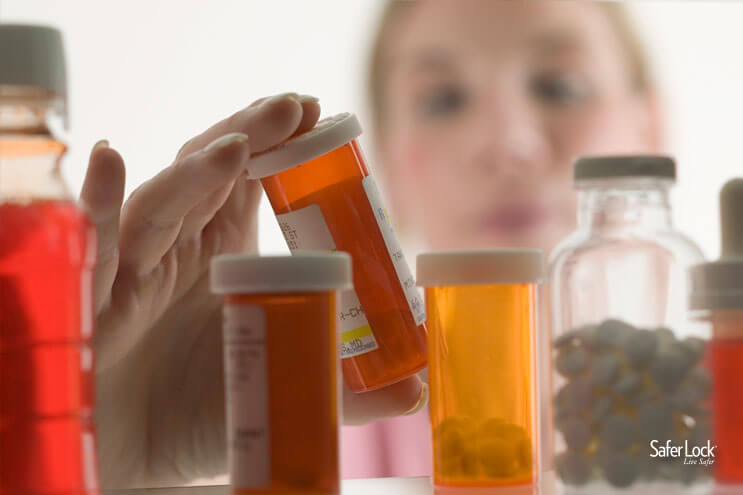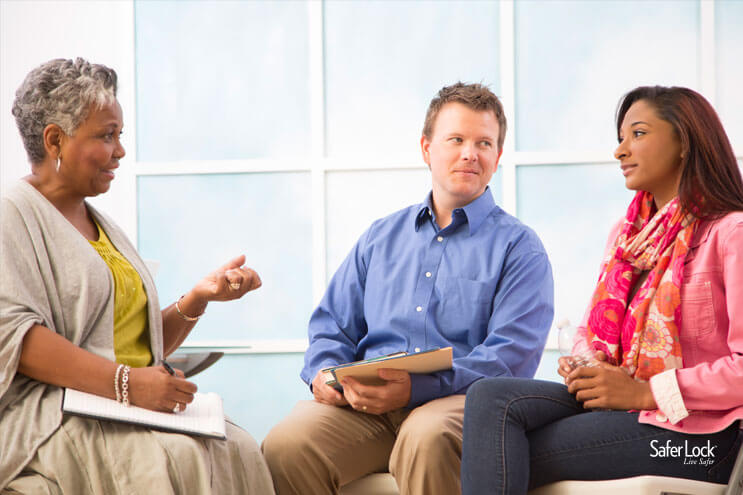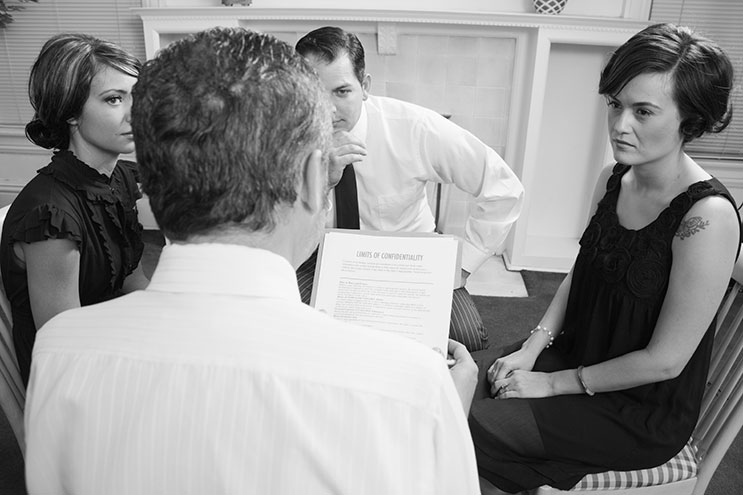According to the Centers for Disease Control, more than 700,000 people died in the US from an opioid overdose from 1999 - 2017. It’s an epidemic that crosses all economic and racial lines, impacting Americans from all walks of life.
And the epidemic has ushered in an entirely new level of risk to our youngest citizens: accidental child or adolescent poisoning by the medications prescribed to treat an adult’s opioid dependence or pain.
How Does Opiate Treatment Medication Work?
One of these powerful medications, buprenorphine, is the active ingredient in opiate treatment medications such as Suboxone and Subutex.
Buprenorphine isn’t a full opioid, but it acts like one.
As a result, it can prevent withdrawal symptoms from opioid painkillers, heroin, and other opiate drugs. Buprenorphine is used to treat opioid abuse by reducing cravings and withdrawal symptoms that can make detox and other treatment options difficult.
The Danger of Opiate Treatment Medications to Children
Opiate treatment medications, intended for adult consumption only, are virtually never prescribed to children because they can be deadly.
Tragically, the expansion of the opioid epidemic has resulted in more buprenorphine in the home, which opens the door to more accidental childhood poisonings and intentional abuse by older children.
Buprenorphine comes in the form of a tablet or a film, which is a rapidly dissolving strip that contains medication. Both medications are designed to be held in the mouth, allowing the medication to be absorbed better and more quickly.
These medications are pleasantly flavored, which can confuse a child who might taste them and mistake them for candy. Even a small portion of the tablet or film can be life-threatening to a small child who chews, licks or swallows just a bit of the pill or film.
Common symptoms of buprenorphine poisoning in children are drowsiness, vomiting, slow breathing, unresponsiveness, increased heart rate, agitation, and even death.
Accidental Child Buprenorphine Poisonings On the Rise
Between 2007 and 2016, US poison control centers reported that 11,275 children and adolescents (aged 19 or less) had been accidentally exposed to buprenorphine. The vast majority of calls (86 percent) involved children under the age of 6, and nearly all of those cases resulted from accidental, rather than intentional, exposure.
These young children had the greatest odds of hospital admission and serious medical outcomes. Eleven of the children died, according to the report compiled by the journal Pediatrics (June 2018).
Adolescents accounted for 11.1% of buprenorphine exposures; 77.1% of those exposures were intentional (including 12.0% suspected suicide), and 27.7% involved multiple substances. Four of those adolescents died from their intentional use of the drug.
Shocking Child Opioid Poisoning and Overdose Statistics
The number of children admitted to hospitals for opioid overdose has nearly doubled since 2004, according to a study published in the journal Pediatrics in March 2018. The study looked at children between one and 17 years of age who were admitted to hospitals and pediatric intensive care units with opioid-related diagnoses from 2004 to 2015.
Using data from the Pediatric Health Information System Database, the researchers identified 3,647 patients in 31 children’s hospitals across the country who were admitted with opioid-related diagnoses including but not limited to buprenorphine. The study separated children based on three age groups: 1-5 years, 6-11 years and 12-17 years.
- The oldest children — those between the ages of 12 and 17 — accounted for over 60% of the patients admitted for opioid overdose. The study doesn’t reveal how many of these older children were admitted as the result of accidental versus intentional drug consumption, including “experimentation” or suicide attempts.
- Children between the ages of one and five years were the second most likely to be admitted for opioid overdose, accounting for over one-third of cases. The vast majority were admitted because they had accidental access to an opioid prescribed to a parent. Twenty percent of the ingestions were of methadone, a liquid prescribed as a treatment for opioid addiction.
- Typically, young children gain accidental access to medications when a parent or other family member removes them from the standard child-resistant packaging and leaves them in an easy-to-reach location.
Not every accidental opioid poisoning results in a call to a poison control center or a trip to the ER. This suggests that we may be underestimating the number of accidental or intentional overdoses.
How to Protect Children Against Opioid Poisoning and Overdose
Currently, about 2.1 million people in the United States have an opioid use disorder, 11.5 million misuse prescription opioids, and the crisis continues to escalate. As a result, the number of children and adolescents who have accidental access to powerful opioids is expected to rise.
Parents with powerful opioid or opioid treatment medicines in the house should take steps to keep these medications secure, such as storing them out of sight and out of reach of children. Abuse-deterrent packaging, such as a Safer Lock, goes further than the standard child-resistant caps placed on pharmacy bottles to help deter unauthorized access from curious children or experimental teens.
Whether it’s an inquisitive toddler or a curious or despondent teen, we owe it to our children to protect them from harm. Safer Lock’s four-digit locking cap can help prevent accidental access and deter medication misuse of liquid methadone, pill or film buprenorphine pills or films, or prescription opioid painkillers like Norco or OxyContin. It’s time to turn the tide on the opioid epidemic, and using a Safer Lock in your home can be a powerful first line of defense.
